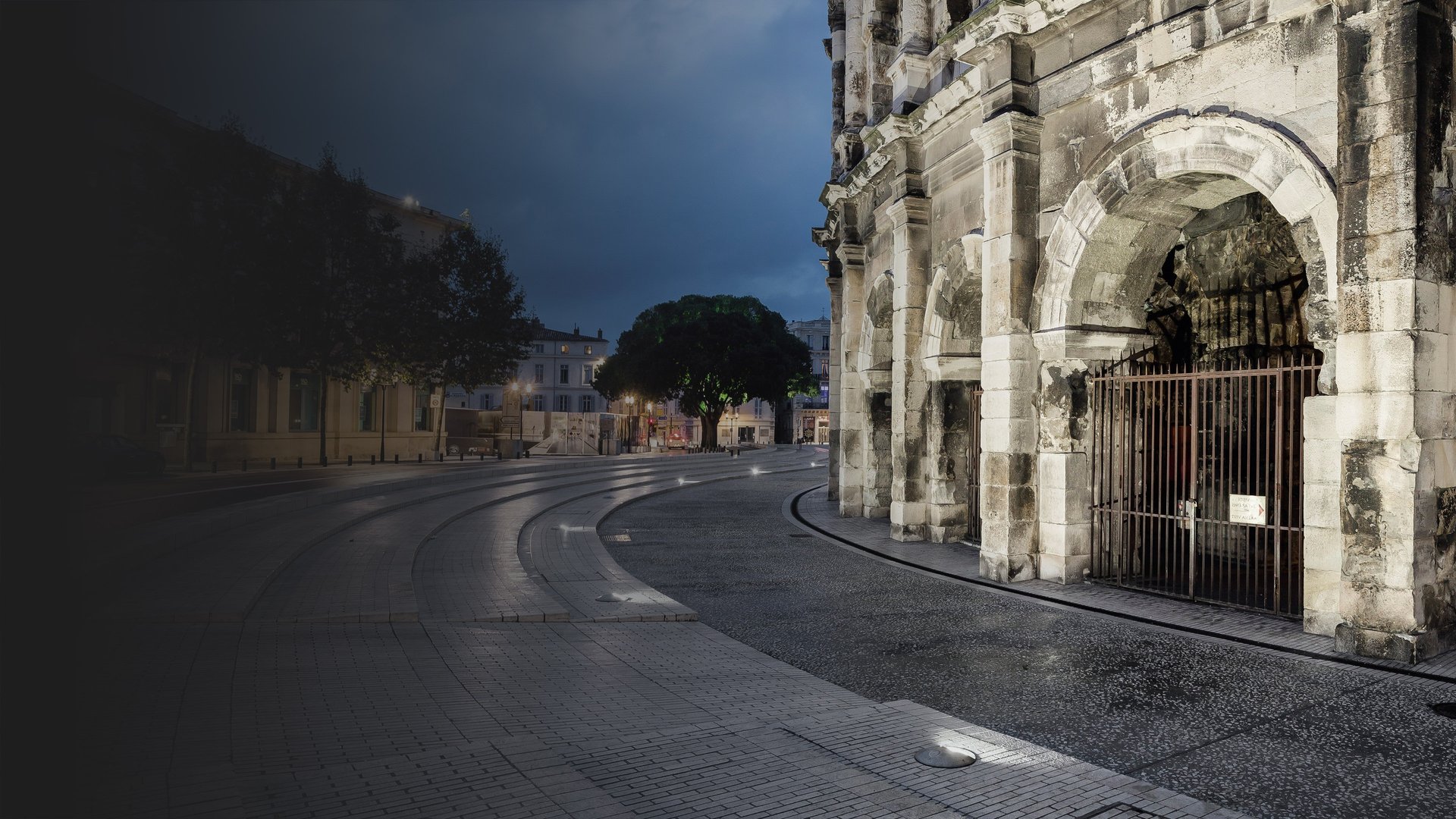

Et af de største paladsanlæg i Europa og samtidig en af de bygninger på kontinentet, der er rigest på historie, har en ganske særlig tiltrækningskraft, der går langt ud over Frankrigs grænser.
Formålet med lysplanlægningen for slottet i Versailles var at give barokbygningen med dens maksimale længde på mere end en halv kilometer en sublim langdistanceeffekt selv i mørke.
Bygningen, der er at finde på UNESCO’s verdensarvsliste, var et forbillede for utallige slotte indtil det 19. århundrede. Særlige LED-nedgravningsarmaturer fra BEGA bidrager til en værdig iscenesættelse. To næsten identiske armaturer, som man næppe kan se forskel på udefra, og som muliggør et harmonisk helhedsbillede, løser meget forskellige belysningsopgaver på slottet og i parkerne.
Indlejret i lysenes iscenesættelse af de omfattende parker med deres skulpturer og planter er disse nedgravningsprojektører , der er skræddersyet til formålet. Talrige skulpturers detaljer er iscenesat med særlige reflektorer og den deraf følgende smalstrålende lysfordeling, og på denne måde er statuerne følsomt integreret i den kontekst, der udgøres af haven og dens kunstfærdigt formklippede planter.



Avoiding glare in urban environments
To belysningskoncepter for jævn lysfordeling, der tager højde for beboernes og insekternes behov.
Lighting concepts in urban spaces can be realised for spatially limited areas, as well as for structures with larger dimensions:
In addition to the task of appropriately staging the illumination, the conditions of the immediate surroundings must be taken into account. An essential requirement here is to prevent glare. Light shielded upwards has proven to be particularly insect-friendly as well. The right choice of luminaires and effective accessories ensures satisfactory results for lighting designers and local residents alike.
The light stagings presented here follow the main brief of illuminating with uniform light. They do, however, use different concepts to match local conditions, while achieving outstanding lighting results for the respective projects. Thanks to The sprawling dimensions of the amphitheatre in Nîmes allowed the use of in-ground luminaires as wall washers for its illumination. The luminaires were placed close to the structure, so that viewers find themselves behind the light source to avoid glare. The uniform light without distracting light cones in the lower area stages the 2000-year-old bricks, with their varied colour shading, to perfection.




For the Porta Nigra in Trier, glare-free illumination was an important planning factor. The luminaires had to be installed at a distance from the structure and above the eyeline of viewers, as they would usually be located in front of the luminaires. This placement prevents glare. High-performance floodlights with shields and louvres create directed light for the uneven shape of the building in such a way as to achieve a very uniform illumination. Secondly, virtually every beam of light is captured and targeted precisely to exactly where the light is needed.
In Trier, precisely aligned luminaires with additional light-directing shields and louvres are installed on cross beams to avoid glare for visitors and residents by the Porta Nigra. The light distribution additionally addresses the concerns of insect protection.



